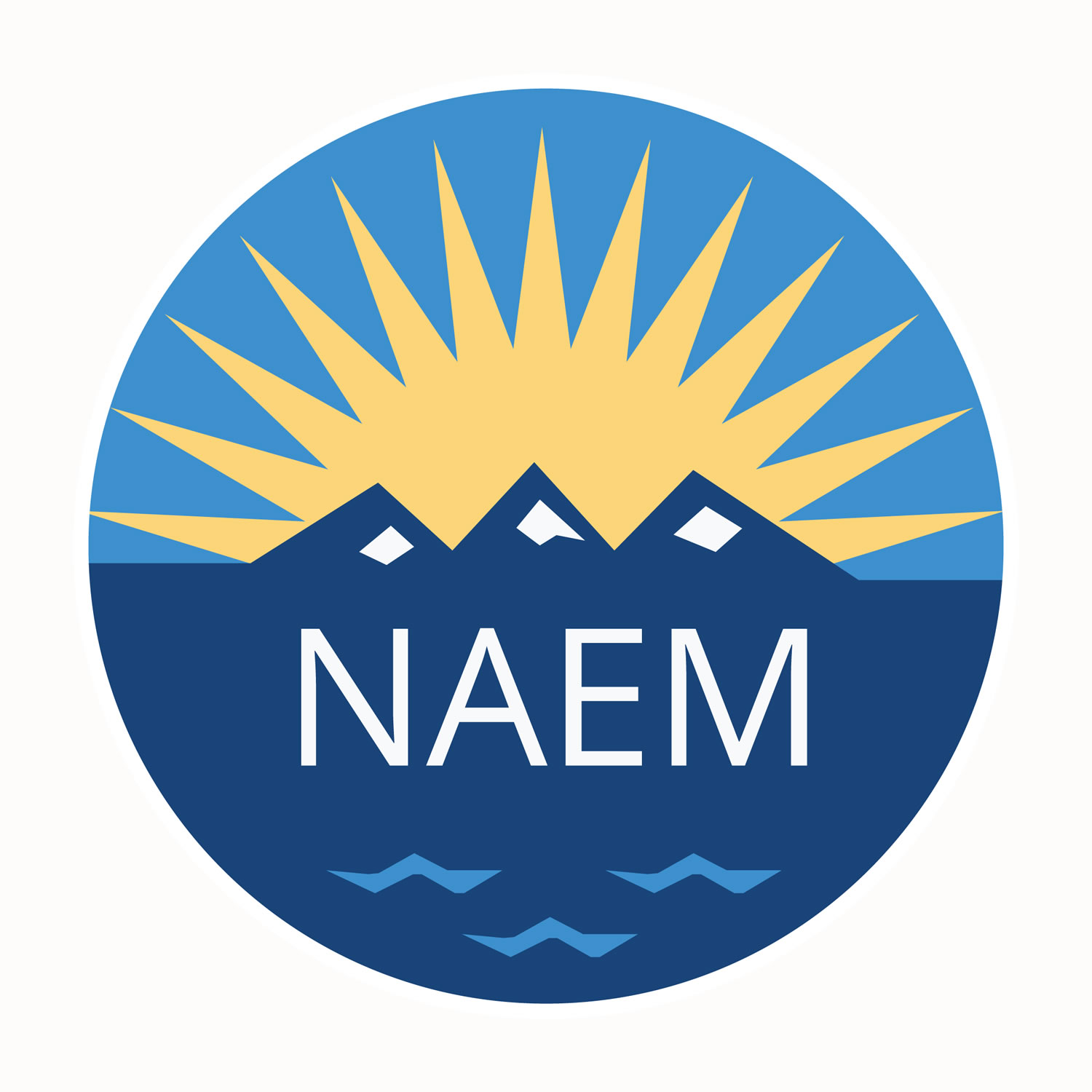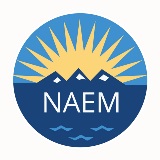New Risks and Questions Emerge as the Regulatory Landscape Evolves

"You still have to be in regulatory compliance, and those regulations are all over the place and evolving, and you've got these supply chain pressures so you're getting hit from both sides," he said. "It's not a straight environmental compliance problem where the EHS department can manage the permits and what's going up the stack."
The next generation compliance challenge for many companies today, Mr. Heaney said, is the introduction of new product requirements, which vary from state-to-state. The task is made more complicated by the increased call for transparency from communities, socially responsible investors and supply chain customers, whose expectations may exceed those of even the regulatory agencies.
Among the key players in this conversation is Wal-Mart, which requires its suppliers to disclose their ingredient lists in conformance with the retailer's internal product stewardship guidelines. While this requirement falls outside a regulatory framework, it's a request that few companies can afford to ignore, Mr. Heaney said.
"Who's going to scare you more if you're a consumer products company and you're going to lose sales now?" he said. "Wal-Mart doesn't go through a nine-year regulatory process with public comment."
The shift toward a product focus is requiring new training programs and changes to how companies develop and market new products.
"What's in our pipeline for new products... to make sure they don't have these chemicals in them?" he said. "It's working with your marketing department because there's messaging that goes into that. It's working with corporate public relations. How do you address your current batch of chemicals and products that you make?"
It's against this background of heightened transparency that the Environmental Protection Agency recently unveiled its strategic plan for its 'Next Generation Compliance' initiatives, a set of priorities that use new tools and techniques to effectively shape business behavior.
"It's meant to enhance and not necessarily replace enforcement," said Amanda Neidert Kesler, an attorney who specializes in environmental regulatory compliance as a Principal with Miles & Stockbridge P.C.
The five components of the plan, Ms. Kesler said, place an emphasis on using new technology to monitor business activities, and on programs that shift the cost burden for compliance assurance from the regulators to the companies themselves.
One example of a next generation program, she said, is the use of advanced monitoring devices such as infrared cameras to find otherwise 'invisible' emissions leaks of volatile organic compounds. Another is a solar-powered buoy that can collect and transmit water quality data every 15 minutes from monitored watersheds, such as the Charles River in Massachusetts.
The EPA's new monitoring programs include measures that require companies under settlement agreements to provide independent verification of their compliance with the enforcement order.
According to C. Scott Fulton, the General Counsel at the EPA from 2009-2013 and a Principal with Beveridge & Diamond P.C., this is a way for the agency to leverage technology to reduce overhead.
"In a sense, it's a way of outsourcing the compliance monitoring work that the agency has traditionally done through agency inspection personnel," he said. "The real end game for them is to put the financial burden of those independent monitoring systems on the regulated entity."
Another important outcome of the data collection requirements is that they allow the agency to leverage the influence of public transparency expectations to advance enforcement goals, Mr. Fulton said.
"Information Technology developments offer the opportunity for generating information and transferring that information to receptors beyond the government, who might be in a position to apply compliance-inducing pressure," he said. "These other accountability centers can help them get the job of compliance done and all they really need is information in order to do that."
Topics:
Compliance Excellence
Related
About the Author

NAEM Staff
The National Association for Environmental, Health and Safety, and Sustainability (EHS&S) Management (NAEM) empowers corporate leaders to advance environmental stewardship, create safe and healthy workplaces and promote global sustainability. As the
leading business community for EHS&S decision-makers, we provide engaging forums, a curated network, peer benchmarking, research insights and tools for solving today’s corporate EHS&S management challenges. Visit us online at naem.org.

